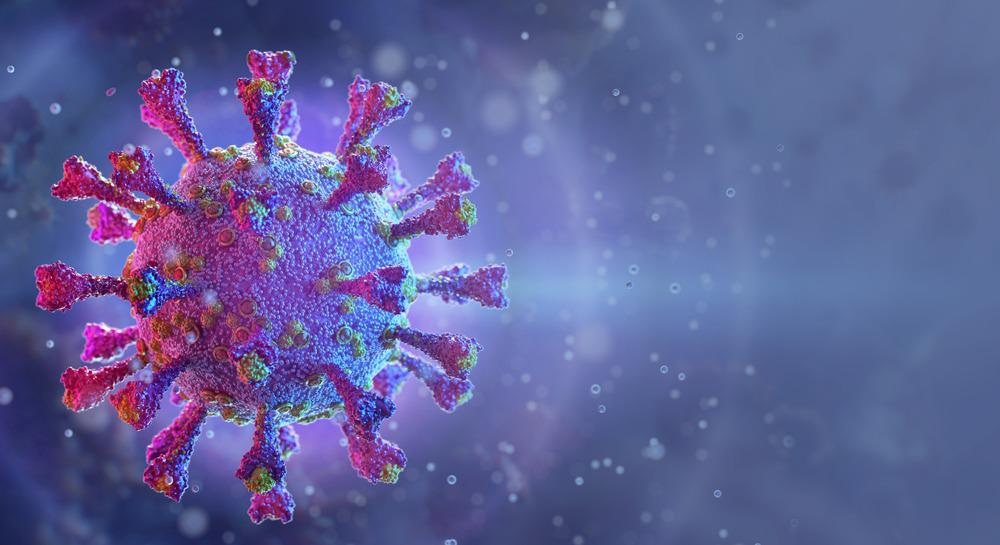Due to the rapid transmissibility of the severe acute respiratory syndrome coronavirus 2 (SARS-CoV-2), which is the virus responsible for the coronavirus disease 2019 (COVID-19), a wide range of public settings from hospital and healthcare facilities to shopping malls and airports are considering ultraviolet (UV) sterilization devices to decontaminate frequently touched surfaces and circulating air.

Image Credit: Corona Borealis Studio/Shutterstock.com
Since SARS-CoV-2 was first identified in December 2019 in Wuhan, China, it has since infected more than 250 million people worldwide and caused the deaths of over 5 million individuals.
Public health entities such as the World Health Organization (WHO) have urged people, particularly those living in high-risk areas, to prevent the spread of SARS-CoV-2 through frequent hand washing and wearing facial masks.
Despite these recommendations, their efficacy is limited, particularly in indoor settings, where contaminated air can facilitate the spread of infectious aerosols and SARS-CoV-2 particles can remain on frequently touched surfaces.
To reduce the risk of viral infection, several control measures have been implemented across a wide range of settings. These control techniques include heat sterilization, the use of chemical disinfectants, filtration, and ultraviolet (UV) irradiation.
However, there are several limitations associated with some of these approaches. Heat sterilization, for example, can only be utilized for certain types of materials that can withstand its temperature, otherwise, the risk of material degradation is high.
Shortages of consumer chemical disinfectants and filters have posed a significant challenge throughout the current disinfectant. Therefore, UV radiation disinfection has emerged as a more sustainable and efficient sterilization system.
How Does UV Disinfection Work?
The spectrum of UV radiation between 200 and 280 nanometers (nm), which is otherwise referred to as the UVC spectrum, has been widely employed for the disinfection of pathogens on surfaces, as well as within air and water for several decades.
When microbial cells are exposed to UV radiation within this wavelength range, their intracellular components, including genetic material such as ribonucleic acid (RNA), deoxyribonucleic acid (DNA), and proteins, can sensitively absorb these photons.
Upon absorption of UVC photons, these microbial structures undergo significant damage, preventing their replication and survival in the exposed medium. For example, when DNA is exposed to UV radiation within the UVC range, the adenine-thymine bond collapses and a covalent linkage is generated between two adenines, preventing the cell from undergoing further replication. Taken together, the mechanism by which UV radiation is referred to as inactivation rather than killing.
It should be noted that any type of microorganism deactivation by UV radiation can only be achieved when the contaminated specimen is directly exposed to UVC radiation. Therefore, a virus or bacterium that is covered by dust or soil, embedded in a porous surface, or present on the underside of a given surface cannot be fully decontaminated by this process.
UV Wavelengths for SARS-CoV-2 Elimination
UVC sources that have been employed in academic research for the deactivation of microorganisms include low and medium pressure mercury UV lamps, UV light-emitting diodes (UV-LEDs), and far-UVC radiating excimer and microplasma lamps, the latter of which typically function within the wavelength range of 200-240 nm.
The wavelength emitted by a given UV lamp will ultimately determine their effectiveness at inactivating a virus. Whereas some lamps emit a broad range of UVC wavelengths, others will emit very specific UVC wavelengths, such as 254 nm or 222 nm.
To date, several different studies have been conducted to identify the ideal UVC wavelength that can be used to deactivate SARS-CoV-2. For example, one study found that the illumination of 254 nm on a dried sample of SARS-CoV-2 successfully inactivated SARS-CoV-2 at a total dose of 20 mJ/cm2.
Comparatively, another study utilized a 285 nm UV LED and found that at a total dose of about 38 mJ/cm2, SARS-CoV-2 was completely inactivated. The discrepancy between doses in these two studies is likely because a 285 nm UV lamp is less efficient at microorganism deactivation when compared with a lamp that emits UV radiation at 254 nm.
References and Further Reading
Raeiszadeh, M., & Adeli, B. (2020). A Critical Review on Ultraviolet Disinfection Systems against COVID-19 Outbreak: Applicability, Validation, and Safety Considerations. ACS Photonics. doi:10.1021/acsphotonics.0c01245.
FDA. UV Lights and Lamps: Ultraviolet-C Radiation, Disinfection, and Coronavirus [Online]. Available from: https://www.fda.gov/.
Biasin, M., Bianco, A., Pareschi, G., et al. (2021). UV-C irradiation is highly effective in inactivating SARS-CoV-2 replication. Scientific Reports 11; 6260. doi:10.1038/s41598-021-85425-w.
Disclaimer: The views expressed here are those of the author expressed in their private capacity and do not necessarily represent the views of AZoM.com Limited T/A AZoNetwork the owner and operator of this website. This disclaimer forms part of the Terms and conditions of use of this website.